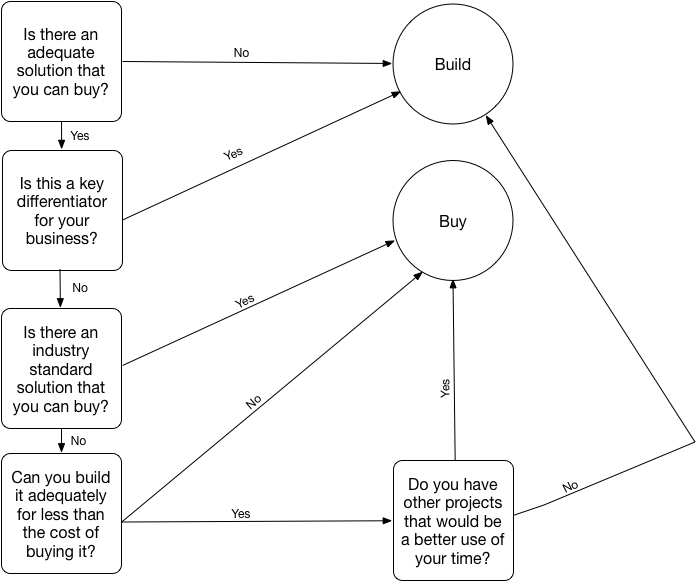
One of my most important principles is to strive to never make the same mistake twice. We all make mistakes, and though it’s important to be accepting and understanding of these failures in ourselves and our team members, it’s equally important to extract as much educational value as possible from mistakes in order to improve. A goal and commitment of never making the same mistake twice is guide that can help us to extra maximum value from these learning experiences.
“Never make the same mistake twice” is a mantra that resonates with most people, because most people recognize that making the same mistake repeatedly is detrimental to personal growth and development. Every mistake we make is an opportunity for growth and self-improvement, as long as we take the time to reflect on what went wrong and how we can avoid making the same mistake in the future. By consistently learning from our mistakes, we can make steady progress towards our goals and become more efficient and effective in everything we do.
Another benefit of avoiding the repetition of mistakes is that it helps to build our credibility and trust with others. When we make the same mistake over and over again, it can cause others to question our ability and judgment. On the other hand, when we take the time to learn from our mistakes and make an effort to avoid repeating them, we demonstrate to others that we are reliable and trustworthy. This can be especially important in professional settings, where our reputation and credibility can significantly impact our success.
For these reasons, the principle of never repeating the same mistake has broad implications on a larger journey toward success and improvement, and can be a guiding light that leads to patience, a better work ethic, increase objectivity, humility, and open mindedness.










